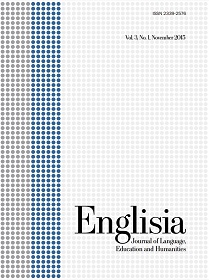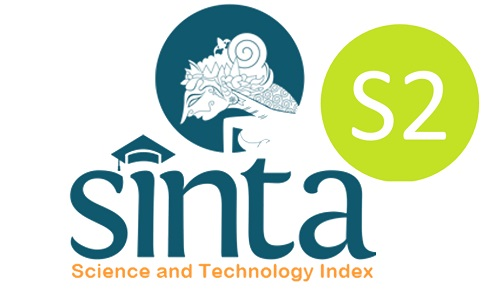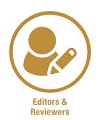GAP: an exploring picture of male and female students quantity gap at English Department, Tarbiyah Faculty, UIN Ar-Raniry
DOI:
https://doi.org/10.22373/ej.v3i1.737Keywords:
Male and Female students, Gap, ImpactsAbstract
This study tried to explore the current facts of significant different between male and female students at university. This reality has been happening at most of major studies in the university. Therefore, the study would like to bring into an explanation of how the differences between male and female students in the classroom at English Department. The study applied documents analysis and interviews in collecting sufficient data to clearly picture the gaps of quantity, quality and impacts. Samples were selected randomly of the fourth and the sixth semester students where I was teaching courses. Moreover, the interviews were purposively selected which represented equal number of each class. As a result, some interesting basic facts show that there are quantitatively different of male and female students. As a matter of fact, it leads to major impacts in term of academic achievements and learning attitudes and interactions. The data show that female more advanced compared to male students. On the other hand, male students stated that they would be “reluctant to intensively interact†if there were gap of number of male and female students.Downloads
Download data is not yet available.
Downloads
Published
2015-11-01
Issue
Section
Article
License
Proposed Policy for Journals That Offer Open Access
Authors who publish with Englisia journal agree to the following terms:
- Authors retain copyright and grant the journal right of first publication with the work simultaneously licensed under a Creative Commons Attribution License that allows others to share the work with an acknowledgement of the work's authorship and initial publication in this journal.
- Authors are able to enter into separate, additional contractual arrangements for the non-exclusive distribution of the journal's published version of the work (e.g., post it to an institutional repository or publish it in a book), with an acknowledgement of its initial publication in this journal.
- Authors are permitted and encouraged to post their work online (e.g., in institutional repositories or on their website) prior to and during the submission process, as it can lead to productive exchanges, as well as earlier and greater citation of published work (See The Effect of Open Access).
How to Cite
GAP: an exploring picture of male and female students quantity gap at English Department, Tarbiyah Faculty, UIN Ar-Raniry. (2015). Englisia : Journal of Language, Education, and Humanities, 3(1), 54-64. https://doi.org/10.22373/ej.v3i1.737









